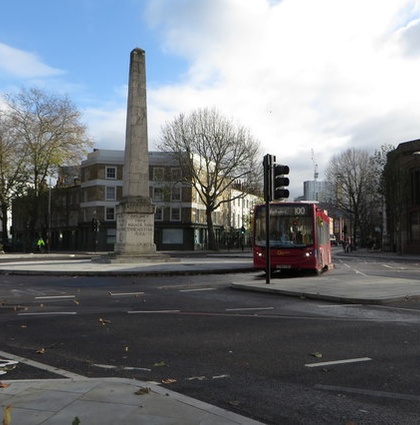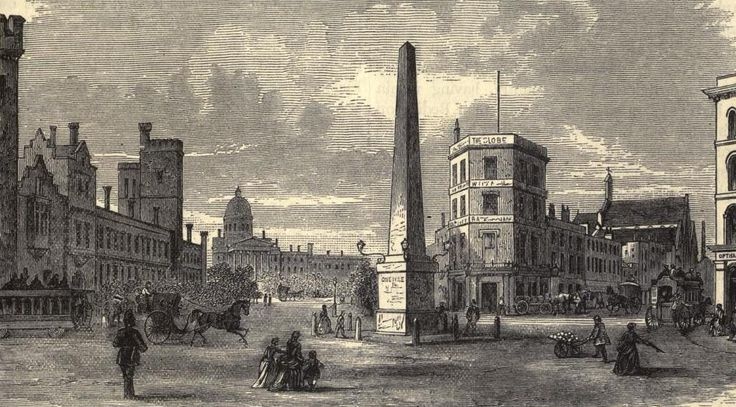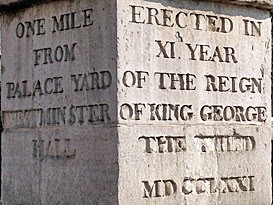

Social Life's Oska Paul explores the history of a south London icon, the Obelisk at St George's circus.
The Wadi Al-Salaam (Valley of Peace) Islamic cemetery, located in the Shia holy city of Najaf, Iraq, is the largest in the world, but for a short period of time this was a title owed to Brookwood Cemetery, in Surrey.
On 13 November 1854 the first burials took place at the Brookwood Cemetery, and since then over 250,000 people have been laid to rest in what remains the largest cemetery in the UK.
The London Necropolis Company conceived of the cemetery in 1849, to manage the increased number of deceased in London, a result of the city’s population tripling in size from one to three million people, between 1801-1861.
By the turn of the century it was common practice to relocate human remains from overcrowded inner city graveyards to Brookwood, as happened to the crypt from St George Martyr of Southwark in 1899. A year later, above this particular plot in the cemetery, a miniature obelisk was erected.
The standing block, now toppled due to subsidence, is a replica of the obelisk at St George’s Circus, in Southwark, London.
In 1771 St George Circus, in Southwark, was the first purpose-built traffic junction in London, marking the formal end of Blackfriars Road.
George Dance, the Younger, who was the first to introduce formal, planned circuses to London, worked on the road improvement scheme, which erected an obelisk, affixed with four oil lamps, as the Circus’ centrepiece.
The buildings around St. George's Circus, some of which still remain, were built with a concave frontage, and stood at an even distance of 240ft from the obelisk, due legislation set out in the Act for Improving St George's Fields of 1812.
On each face of the obelisk’s base is an inscription signifying its spatial and temporal coordinates:
North: ERECTED IN XI YEAR OF THE REIGN OF KING GEORGE THE THIRD MDCCLXXI
East: ONE MILE FROM PALACE YARD, WESTMINSTER HALL
South: ONE MILE, CCCL FEET FROM FLEET STREET
West: ONE MILE, XXXX FEET FROM LONDON BRIDGE

Despite these site-specific inscriptions, the obelisk was relocated in 1905, to accommodate Queen Victoria’s 1897 Diamond Jubilee Clock Tower in its place, which, less than a quarter of a century later, was deemed a nuisance to traffic and removed.
The obelisk spent the best part of the 20th Century in front of the Imperial War Museum, where unlike many of the buildings on St George’s Circus avoided damage during the war.
In 1998 the obelisk was returned to its original location on St George’s Circus, where it still stands today. You can see it from the window of any of the following TfL Buses: 12, 45, 53, 63, 68, 100, 148, 168, 171, 172, 176, 188, 344, 360, 453, C10, N155, N1, N63, N68, N89, N171
There are several other obelisks in London, with histories of greater and lesser significance.
The Dance Obelisk, in Finsbury Circus Garden, falls into the latter category. It was erected in 1987, following the Kings Cross Fire, to disguise a ventilation chimney of an underground gas storage tank.
The Dance Obelisk is based on the Obelisk on St George’s Circus, to honour George Dance, the Younger, who, after finishing work on the St George’s Circus, went on to lay out the Finsbury Estate as a residential suburb, during his period as city surveyor in 1775-1800. On its shaft in Portland stone is carved his profile.
